Taranis: British stealth drone passes top-secret trial
UK's £185m unmanned Taranis drone completes 'full stealth' flight above the Australian desert

Britain has successfully completed secret trials of its state-of-the-art Taranis stealth drone above the Australian desert, it was revealed at the Farnborough Airshow yesterday.
The flight of the delta-winged, finless aircraft in "full stealth configuration" was hailed as a success by the companies involved in the project: BAE Systems, Rolls-Royce and Qinetiq.
Chris Garside, BAE's engineering director, said the Taranis drone, which takes its name from the Celtic god of thunder, represents a step forward for the British arms industry. "Taranis is a real showcase for UK expertise and the trials are a stepping stone toward unmanned warfare," Garside said.
The Week
Escape your echo chamber. Get the facts behind the news, plus analysis from multiple perspectives.

Sign up for The Week's Free Newsletters
From our morning news briefing to a weekly Good News Newsletter, get the best of The Week delivered directly to your inbox.
From our morning news briefing to a weekly Good News Newsletter, get the best of The Week delivered directly to your inbox.
The Times described the test flight as "a milestone on the road to Britain having unmanned aerial combat squadrons."
Taranis, jointly funded by the government and private industry, has cost £185 million so far. The big breakthrough from the Australian test programme was the successful concealment of the drone's Rolls-Royce Adour 951 engine from radar.
"The challenge has not been to build the engine but to integrate it — to embed and hide the gas turbine, to minimise its thermal image and its infra-red signature and to minimise any sign there is an engine there," Conrad Banks, Rolls-Royce's chief engineer, said.
The tests also helped refine the Taranis's heat-seeking sensors.
A free daily email with the biggest news stories of the day – and the best features from TheWeek.com
The jet is now back at BAE's plant in Warton, northwest England, where it is undergoing maintenance, Defense News reports.
-
 Tea with Judi Dench: ‘touching’ show is must-watch Christmas TV
Tea with Judi Dench: ‘touching’ show is must-watch Christmas TVThe Week Recommends The national treasure sits down with Kenneth Branagh at her country home for a heartwarming ‘natter’
-
 Codeword: December 24, 2025
Codeword: December 24, 2025The daily codeword puzzle from The Week
-
 Sudoku medium: December 24, 2025
Sudoku medium: December 24, 2025The daily medium sudoku puzzle from The Week
-
 How drone warfare works
How drone warfare worksThe Explainer From Ukraine to Iran, it has become clear that unmanned aircraft are rapidly revolutionising modern warfare
-
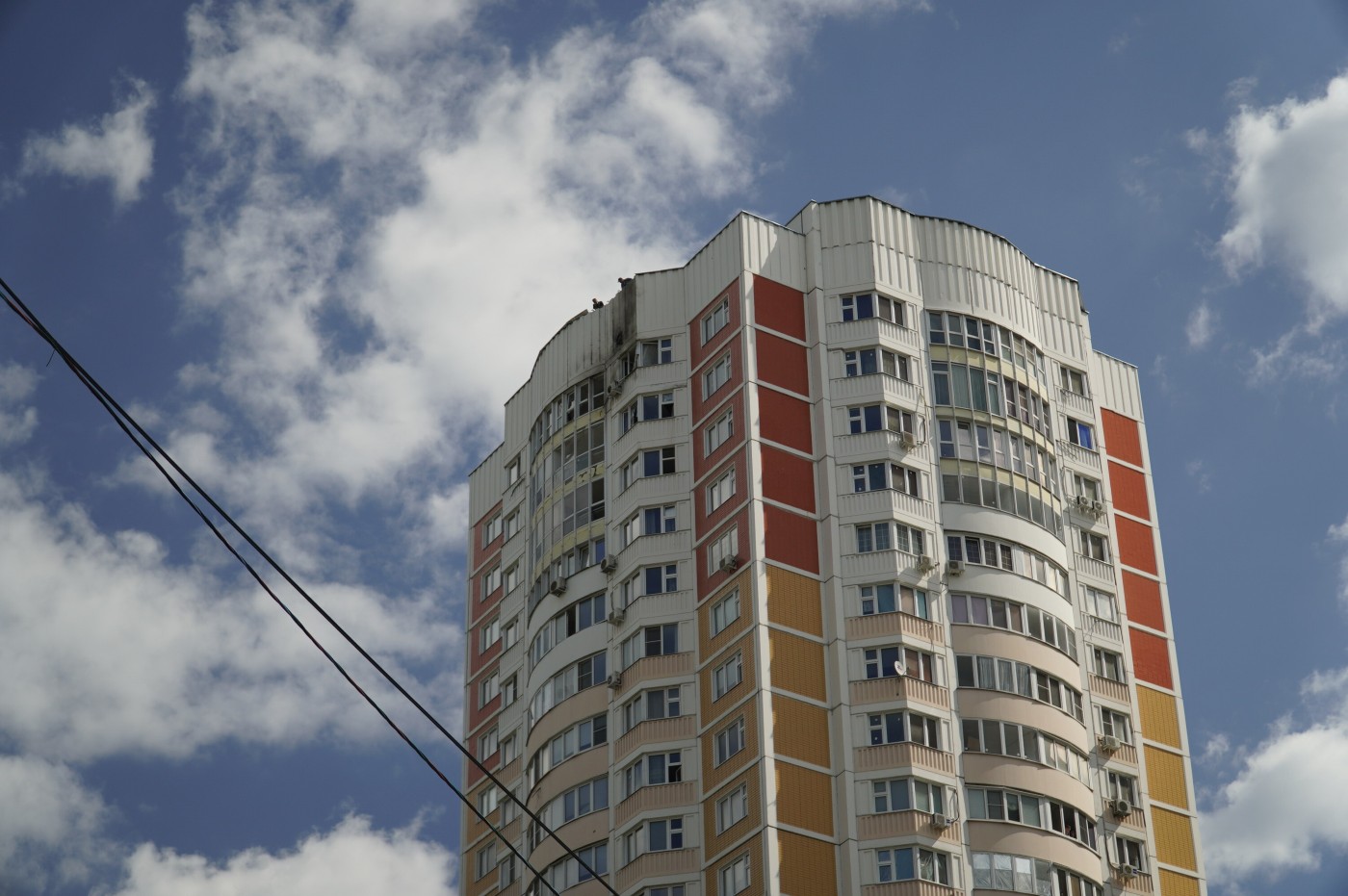 Russia claims Ukraine drone attack on Moscow
Russia claims Ukraine drone attack on MoscowSpeed Read War ‘comes to Putin’s doorstep’ as capital wakes to explosions
-
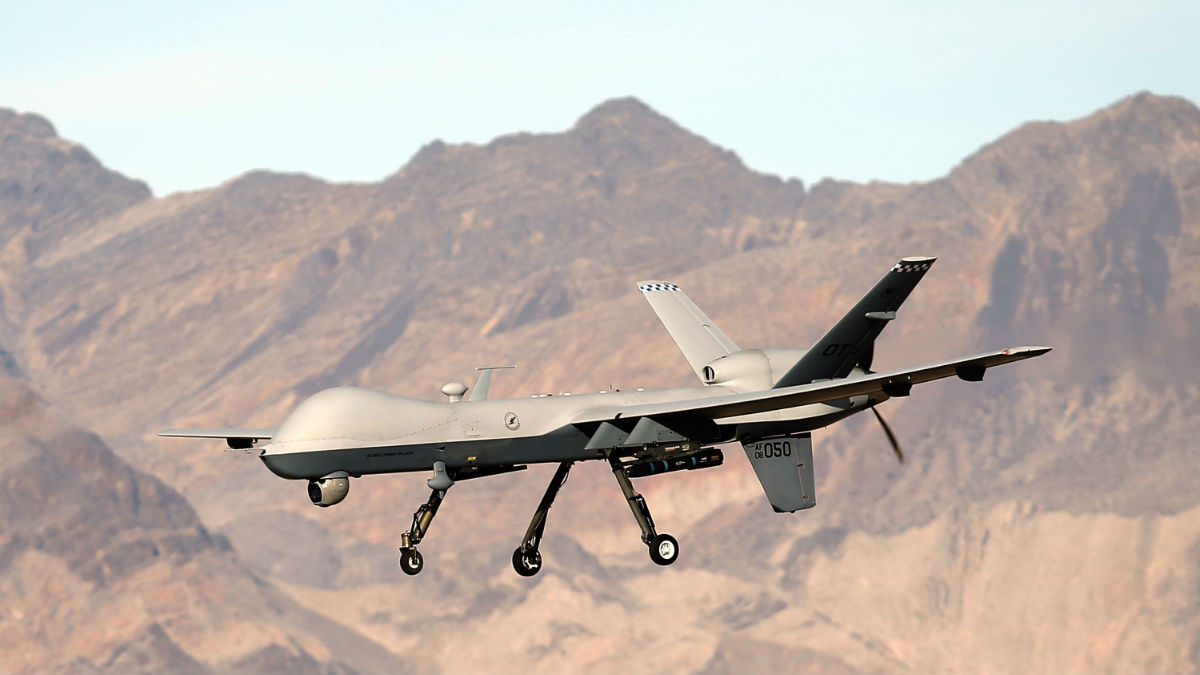 The ethics of military drones
The ethics of military dronesfeature Pilotless bombers play a key role in modern warfare but could AI increase the number of civilian deaths?
-
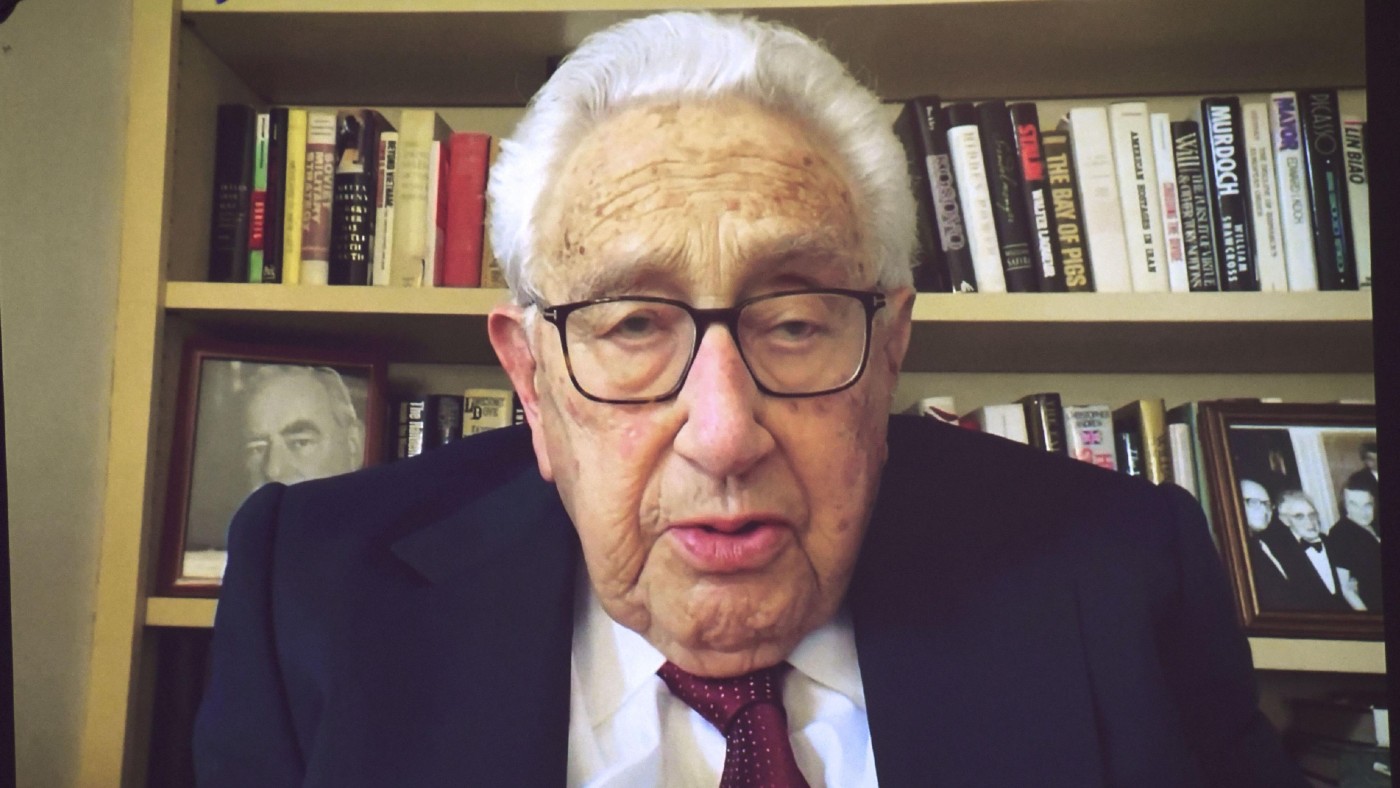 Is Henry Kissinger right about Ukraine?
Is Henry Kissinger right about Ukraine?Speed Read The US statesman made a controversial speech at a virtual Davos appearance last week
-
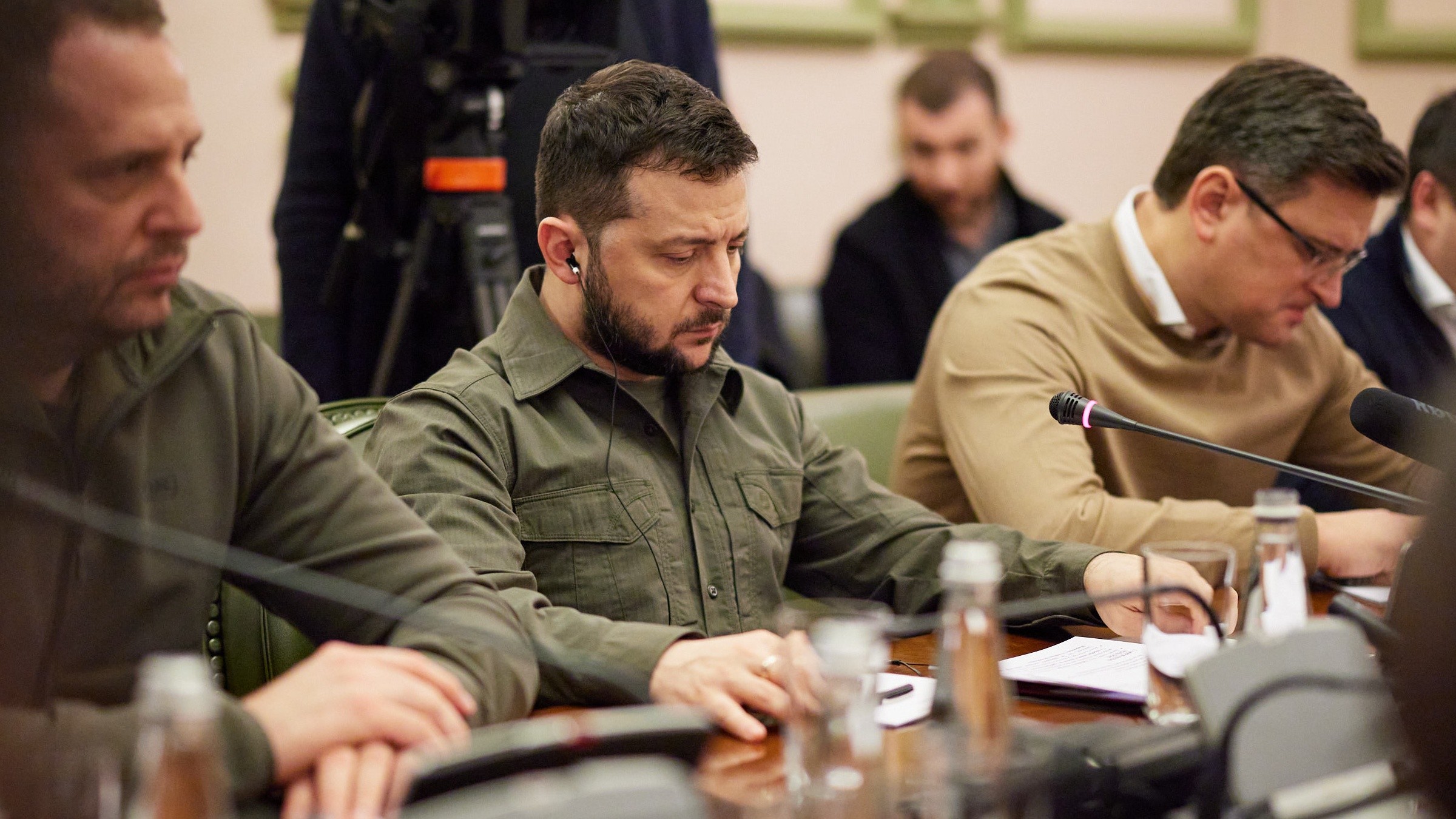 Volodymyr Zelenskyy refused evacuation as Russian hitmen ‘parachuted’ into Kyiv
Volodymyr Zelenskyy refused evacuation as Russian hitmen ‘parachuted’ into KyivSpeed Read Ukrainian president turned down opportunity to leave capital despite threat to life, adviser claims
-
 How drones changed the face of Ukraine’s resistance
How drones changed the face of Ukraine’s resistancefeature US to deliver ‘kamikaze’ Switchblade weapons to bolster Kyiv’s defence
-
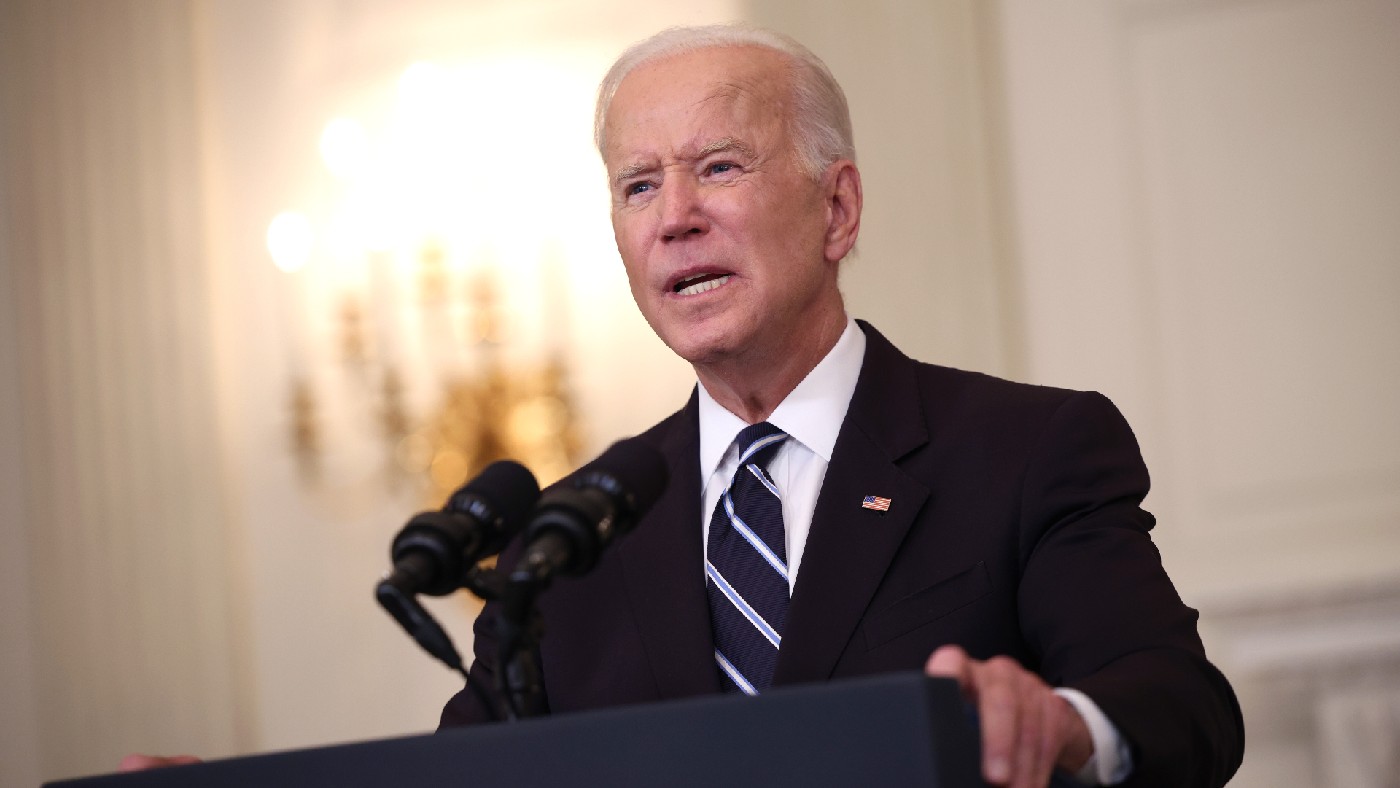 America’s withdrawal from Afghanistan: a retreat into isolationism?
America’s withdrawal from Afghanistan: a retreat into isolationism?Speed Read ‘In his selfish unilateralism’, Biden is no better than Trump, said The Daily Telegraph
-
 The ‘heat dome’: blistering temperatures in the Pacific Northwest should act as a wake-up call
The ‘heat dome’: blistering temperatures in the Pacific Northwest should act as a wake-up callSpeed Read People are used to hearing of record-high temperatures in desert states such as Nevada or Arizona, but not in verdant Washington and Oregon